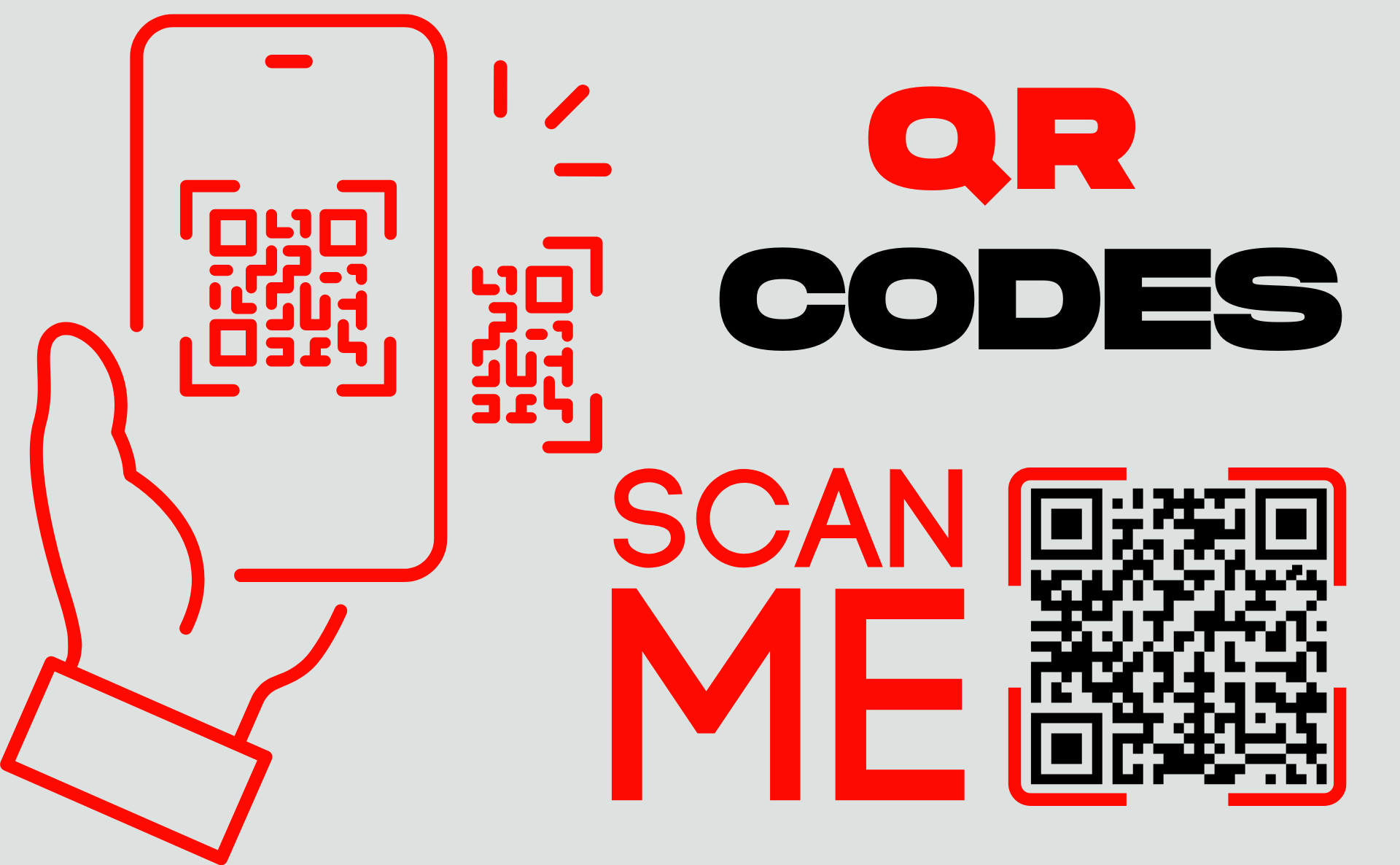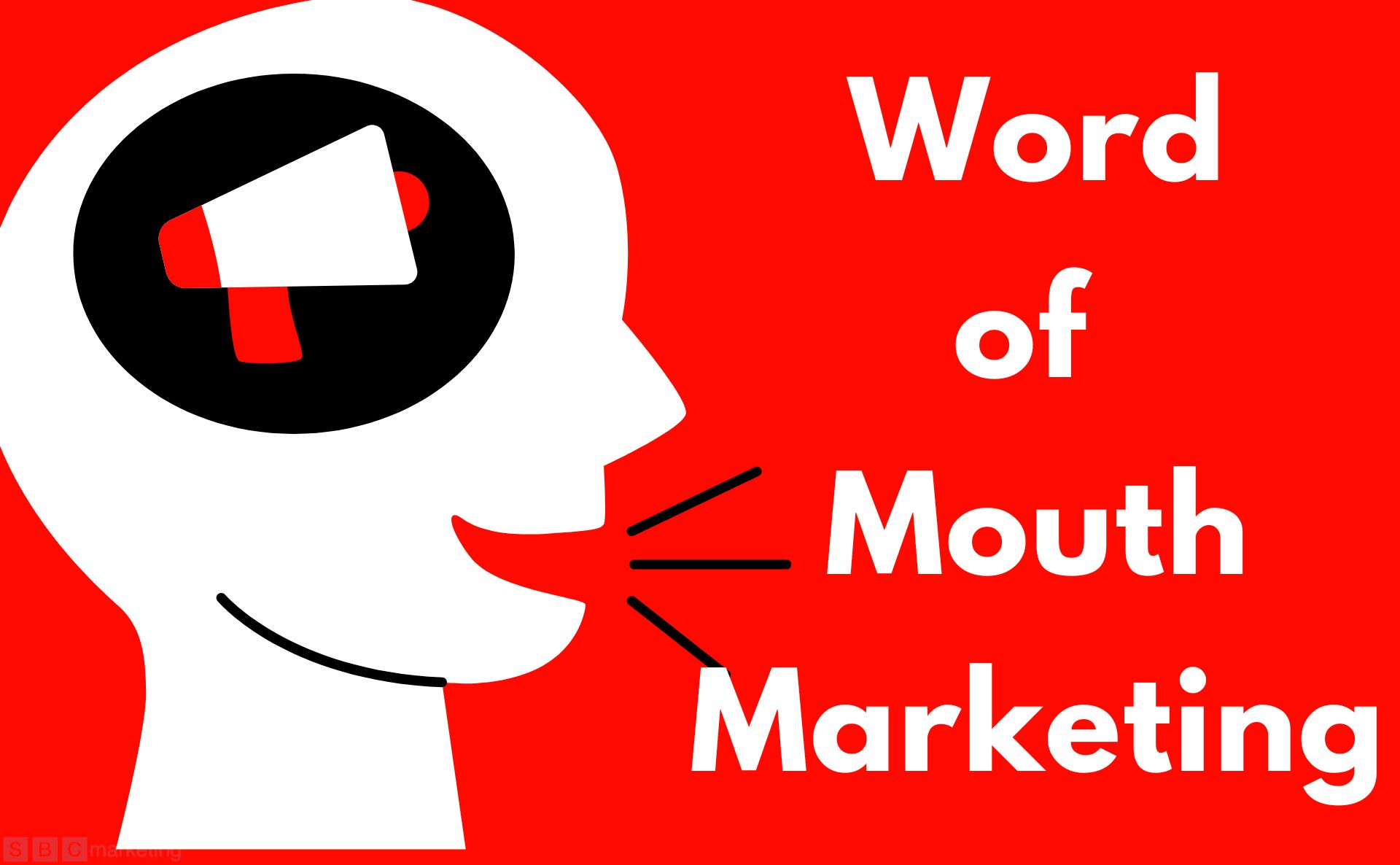Introduction
In today’s digital age, QR codes have become ubiquitous, appearing on everything from product packaging to restaurant menus. But how do these pixelated squares actually function? This article delves deep into the mechanics of QR codes, exploring their history, uses, and the technology behind them.
Understanding QR Codes
What Are QR Codes?
QR codes, short for Quick Response codes, are two-dimensional barcodes that store information in a pattern of black squares arranged on a white background. Originally created in Japan for tracking automotive parts, QR codes have evolved into a versatile tool for encoding various types of data.
The Structure of QR Codes
At first glance, QR codes may seem like random patterns, but they follow a specific structure. They consist of square grids with a finder pattern, alignment pattern, timing pattern, and quiet zone, all of which ensure accurate scanning and decoding.
Evolution of QR Technology
Early Adoption and Development
QR codes gained traction in the 2010s as smartphones became mainstream, thanks to their ability to quickly link physical objects to digital content. Marketers, businesses, and individuals embraced QR codes for tasks ranging from advertising to contactless payments.
Innovations and Advancements
Over the years, QR technology has evolved to support a wide range of applications. Enhanced QR codes can store more data, while dynamic QR codes enable real-time updates and tracking. Additionally, QR code scanning has become faster and more reliable with advancements in camera technology.
How QR Codes Work
Encoding Data
QR codes encode data using a combination of alphanumeric characters, symbols, and error correction codes. This encoded information can include website URLs, text, contact information, Wi-Fi credentials, and more.
Scanning and Decoding
To read a QR code, users simply need a smartphone or tablet with a built-in camera and a QR code scanning app. When the device scans the QR code, the encoded information is extracted and displayed on the screen, allowing users to access the linked content or perform the intended action.
Applications Across Industries
QR codes find applications across various industries, revolutionizing processes and enhancing user experiences. From mobile payments and ticketing to inventory management and authentication, QR technology streamlines operations and facilitates seamless interactions.
The Future of QR Codes
Integration with Contactless Technology
As contactless technology continues to gain momentum, QR codes are poised to play a central role in enabling touch-free interactions. From digital menus in restaurants to virtual event registrations, QR codes offer a convenient and hygienic solution for accessing information and services.
Innovative Use Cases
Beyond their traditional applications, QR codes are being used in innovative ways to solve complex challenges. For example, healthcare providers use QR codes to track medical supplies, while museums employ them to deliver interactive exhibit experiences.

QR Codes
FAQs (Frequently Asked Questions)
1. Can codes contain sensitive information? Yes, QR codes can encode sensitive data such as personal identifiers or financial information. However, it’s essential to use secure encryption and authentication measures to protect sensitive QR code data from unauthorized access.
2. Are codes compatible with all smartphones? Most modern smartphones support QR code scanning out of the box, either through the native camera app or a built-in QR code reader. However, older or budget-friendly devices may require a third-party app for QR code functionality.
3. Can codes be customised with branding or logos? Yes, QR codes can be customised with logos, colors, and branding elements to align with the visual identity of a business or campaign. However, it’s crucial to maintain a balance between aesthetics and readability to ensure successful scanning.
4. Are codes secure? While QR codes themselves are not inherently secure, the data they contain can be encrypted and protected using cryptographic techniques. Businesses and individuals should implement best practices for QR code security, such as using secure connections and validating data inputs.
5. How can codes enhance marketing efforts? QR codes offer marketers a versatile tool for engaging audiences and driving action. They can be used to deliver exclusive content, offer discounts or promotions, facilitate product demonstrations, and gather customer feedback.
6. Can codes be used for contactless payments? Yes, QR codes are widely used for contactless payments, allowing consumers to make transactions by scanning a QR code displayed at checkout. Mobile payment platforms like PayPal offer secure and convenient QR code payment solutions for businesses and consumers alike.
Conclusion
In conclusion, QR codes have transformed the way we interact with the physical and digital worlds, offering a bridge between offline and online experiences. As technology continues to evolve, QR codes will likely remain a staple tool for businesses, marketers, and consumers alike, facilitating seamless transactions and enhancing engagement










